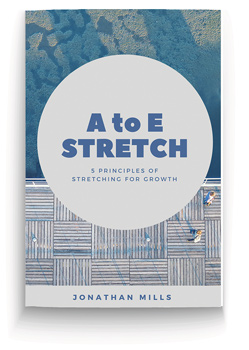“You could foster happiness and add to our joy – or sow hurt and discord. It’s a choice that you make each day, each hour, and with each thought” (Cathy Marie Hake)
When employees feel that they can contribute meaningfully, when they feel valued and thus feel good about themselves, they work at their best. Feeling good about their contribution lubricates their mental efficiency, making them better at understanding information and using decision rules in complex judgements more effectively. They become more flexible in their thinking. An upbeat disposition makes them view others or events in a more positive light. This, in turn, assists them feel more optimistic about their ability to achieve goals, enhances creativity, and predisposes them to be more helpful.
Daniel Goleman (Primal Leadership), however, notes: “Negative emotions, especially chronic anger, anxiety, or a sense of futility, powerfully disrupt work, hijacking attention from the task at hand.” He goes further to quote an example of a study of all the interactions at an international hotel chain that pitched employees into bad moods, noting: “The most frequent interaction was talking to someone in management. Interaction with bosses led to bad feelings – frustration, disappointment, anger, sadness, disgust, or hurt – about nine out of ten times. These interactions were the cause of distress more often than customers, work pressure, company policies, or personal problems.” It’s not that leaders need to be overly “nice”, but that the emotional art of leadership includes pressing the reality of work demands without unduly upsetting people.
Goleman suggests further: “Distress not only erodes mental abilities, but also makes people less emotionally intelligent. People who are upset have trouble reading emotions accurately in other people – decreasing the most basic skill needed for empathy and, as a result, impairing their social skills.”
Another factor is that the emotions that employees feel while they work reflect most directly the true quality of work life. The percentage of time employees feel positive emotions at work turns out to be one of the strongest predictors of satisfaction and, therefore, how likely employees are to quit (D Fisher, in the Journal of Organisational Behaviour21, 2000). In this sense, leaders who spread bad moods are simply bad for business – and those who pass along good moods help drive a business’s success.
The leader’s emotional intelligence also has an impact on team performance. Goleman says: “Good moods prove especially important when it comes to teams. The ability of a leader to pitch a group into an enthusiastic, cooperative mood can determine its success. On the other hand, whenever emotional conflicts in a group bleed attention and energy away from their shared tasks, a group’s performance will suffer.”
Good moods set up the platform for great work and subsequent good results. Great leaders know how to balance the group’s focus on the task at hand with its attention to the quality of the members’ relationships. They naturally create a friendly and effective climate that lifts everyone’s spirits.










